Sending crypto

Table of Contents
How to securely send crypto
To send cryptocurrency, you need to know the address of the recipient. A crypto address is an alphanumeric string that looks something like this Bitcoin address:
3J98t1WpEZ73CNmQviecrnyiWrnqRhWNLy
Or this Ethereum address:
0xb794f5ea0ba39494ce839613fffba74279579268
One way to send crypto, then, is to simply copy the recipient's address to your clipboard, then paste it in the send field of the cryptocurrency wallet app you are using.
Cryptocurrency addresses can also be displayed in QR code format. If you're sending crypto from a mobile wallet like the multi-chain Bitcoin.com Wallet, you can use your phone's camera to scan the QR code of the address you want to send to. This will automatically fill in the address.
As for the amount to send, most wallets allow you to toggle between showing the send amount in cryptocurrency units, for example bitcoin (BTC) or Ethereum (ETH), or showing it in your local currency.
IMPORTANT: Cryptocurrency transactions are irreversible, so if you send to the wrong address, you'll most likely never see that crypto again.
Here’s an example of how to send Bitcoin using the Bitcoin.com Wallet:
Read more: Learn how to receive bitcoin securely.
What are cryptocurrency network fees?
Network fees were initially used as a way to deter people from flooding the network with transactions. While that original use still exists, it is mostly a way to incentivize miners or validators to add transactions to the next block.
Many crypto wallets (including the multi-chain Bitcoin.com Wallet) allow you to customize the network fees you pay when you send crypto. This will depend on the cryptocurrency.
For example, Bitcoin transactions incur a small fee which is paid to the miners that confirm them. Transactions with higher fees attached to them are picked up sooner by miners (who optimize for profitability), so higher-fee transactions are more likely to be included in the next batch, or 'block,' of transactions that's added to the Bitcoin blockchain. This means you can opt for faster transaction processing by paying a higher fee. Alternatively, if you're not in a rush to have your transaction confirmed, you can save money by opting for a lower fee. However, you need to be careful because if you set the fee too low, your transaction may take hours or get stuck for days. Don't worry though, you're never in danger of losing bitcoin by setting the fee too low. In the worst case, you'll have to wait 72 hours with your bitcoin in limbo until the transaction is cancelled, at which point you'll again have access to it.
How are cryptocurrency fees determined?
Crypto fees are determined with minor differences blockchain to blockchain. As a general rule, there will be a base fee priced by the amount of data in the transaction. Transactions that require more data to execute will have a higher base fee. On top of that, people can manually add extra to help get their transaction included in the next block.
In Bitcoin, fees are measured in satoshis/byte. A satoshi is the smallest divisible unit of bitcoin, which is 0.00000001 BTC (a hundred millionth of a bitcoin). Each transaction is made up of data, which is measured in bytes. More complicated transactions involve more data and so are more expensive.
In Ethereum, transactions cost gas to execute. Gas is paid in ether (ETH), Ethereum’s native currency. However, the price is denoted in gwei, which is equal to 0.000000001 ETH, because it is more human readable to say a transaction cost 5 gwei than 0.000000005 ETH.
Why are some cryptocurrency transactions more expensive than others?
As stated in the above answer, blockchain transactions are in part determined by the amount of data in the transaction. The more data necessary to complete a transaction, the greater this part of the cost will be. For example, on the Ethereum network, transferring a token from one address to another is a much simpler, and therefore smaller, transaction than minting an NFT.
The above simple example is easy to understand, but there can be pronounced differences between like transactions too, and this requires a more technical explanation. Let’s imagine Alice and Bob both send 1 BTC each to Carol at approximately the same time. Alice’s transaction fee is 100 satoshis and Bob’s is 100,000. How is that possible?
Alice bought her BTC in two 0.5 amounts. Her wallet total is 1 BTC, but the two halves will have originated from different ‘notes.’ In effect, this means Alice has two 0.5 notes in her wallet. When Alice sent Carol 1 BTC, she actually sent those two notes. More notes means more data.
Bob received his 1 BTC in one hundred 0.1 BTC increments, or 100 notes. When Bob sent Carol his 1 BTC, it was actually 100 notes, which required significantly more data.
How do I set the network fee in my cryptocurrency wallet?
This, again, depends on the wallet. In fact, many centralized cryptocurrency exchanges don't give you any control over the network fee whatsoever. Instead, they have a predetermined fee (which is almost always set higher than the actual fees the exchange will pay). In other words, the exchange profits when their customers withdraw cryptocurrency. This is a common revenue-generation strategy for centralized cryptocurrency exchanges.
Most self-custodial wallets, however, allow you to customize the fee you attach to your crypto transactions. The Bitcoin.com Wallet, for example, has three convenient fee settings for Bitcoin and Ethereum, as well as the option to set custom fees.
Here’s an example of how to adjust Bitcoin (BTC) network fees in the Bitcoin.com Wallet:
The default speed (“Fast") is set to have your transaction confirmed most likely within the next three blocks (so less than 30 minutes). If you change it to “Fastest," you’ll pay a higher fee and likely have your transaction confirmed in the next two blocks (so less than 20 minutes). Changing it to “Eco" will save you some money, but still result in your transaction most likely getting confirmed within the next six blocks, so generally less than 60 minutes.
Here’s an example of how to customize the transaction fee in the Bitcoin.com Wallet for Ethereum and Ethereum Virtual Machine (EVM) chains including Avalanche and Polygon:
If you’re setting custom fees, which is only recommended for advanced users, you’ll want to use a tool like Bitcoinfees for Bitcoin or Etherscan’s Gas Tracker for Ethereum to ensure you’re choosing an appropriate fee given the current state of network congestion.
Related guides
Start from here →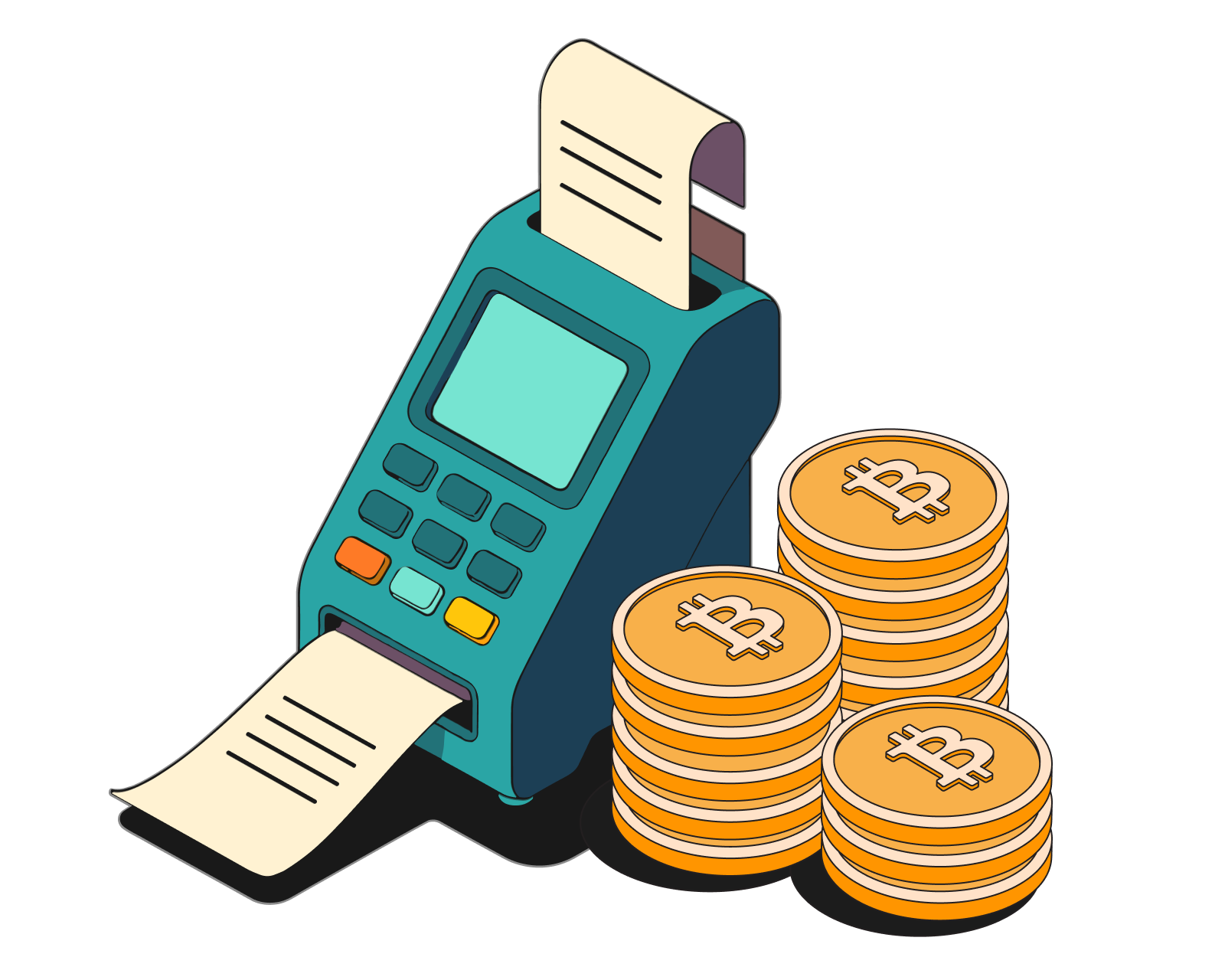

How do I buy crypto?
Learn how to get your first crypto in minutes.
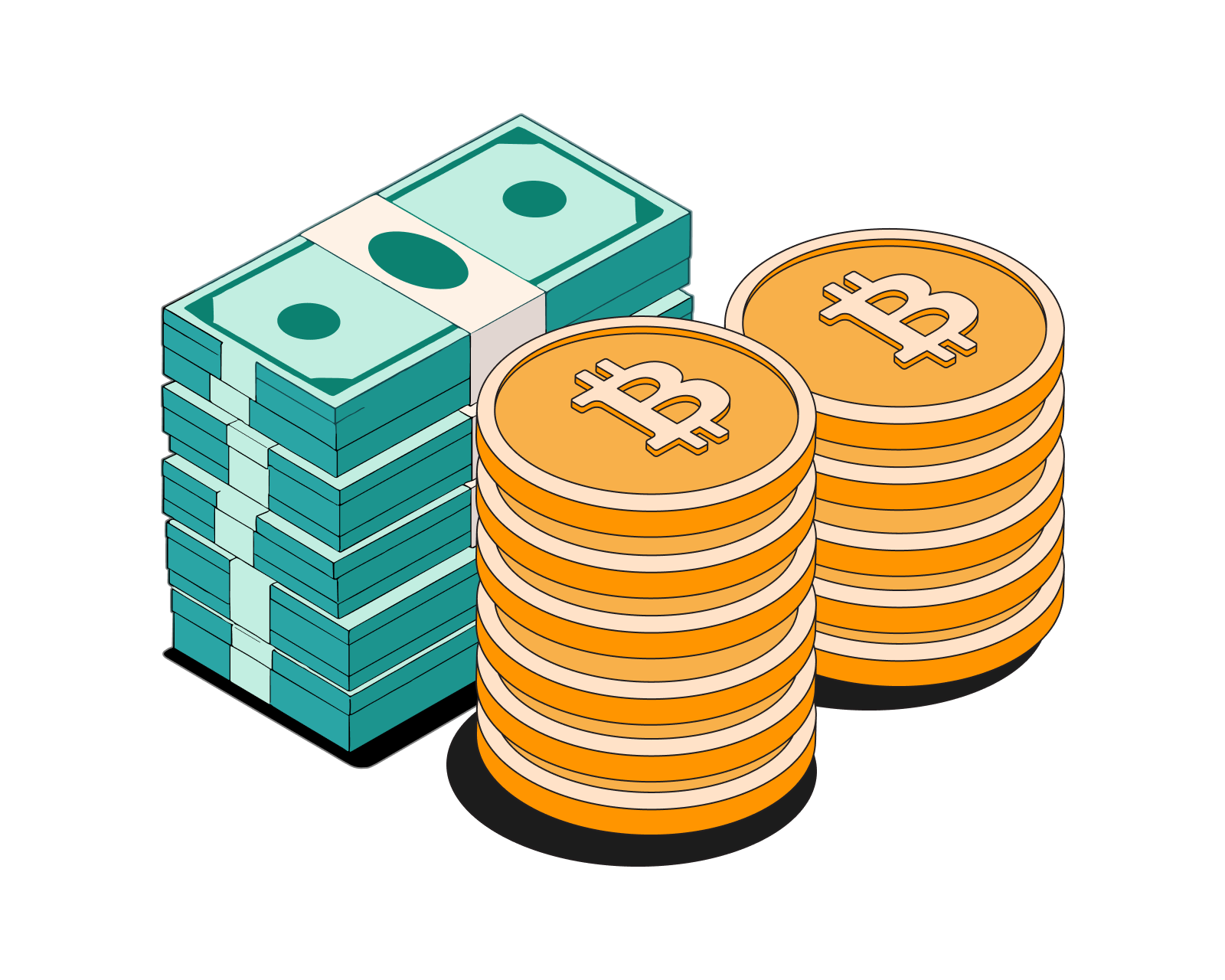

How do I sell crypto?
Learn how to sell crypto into local currency safely.
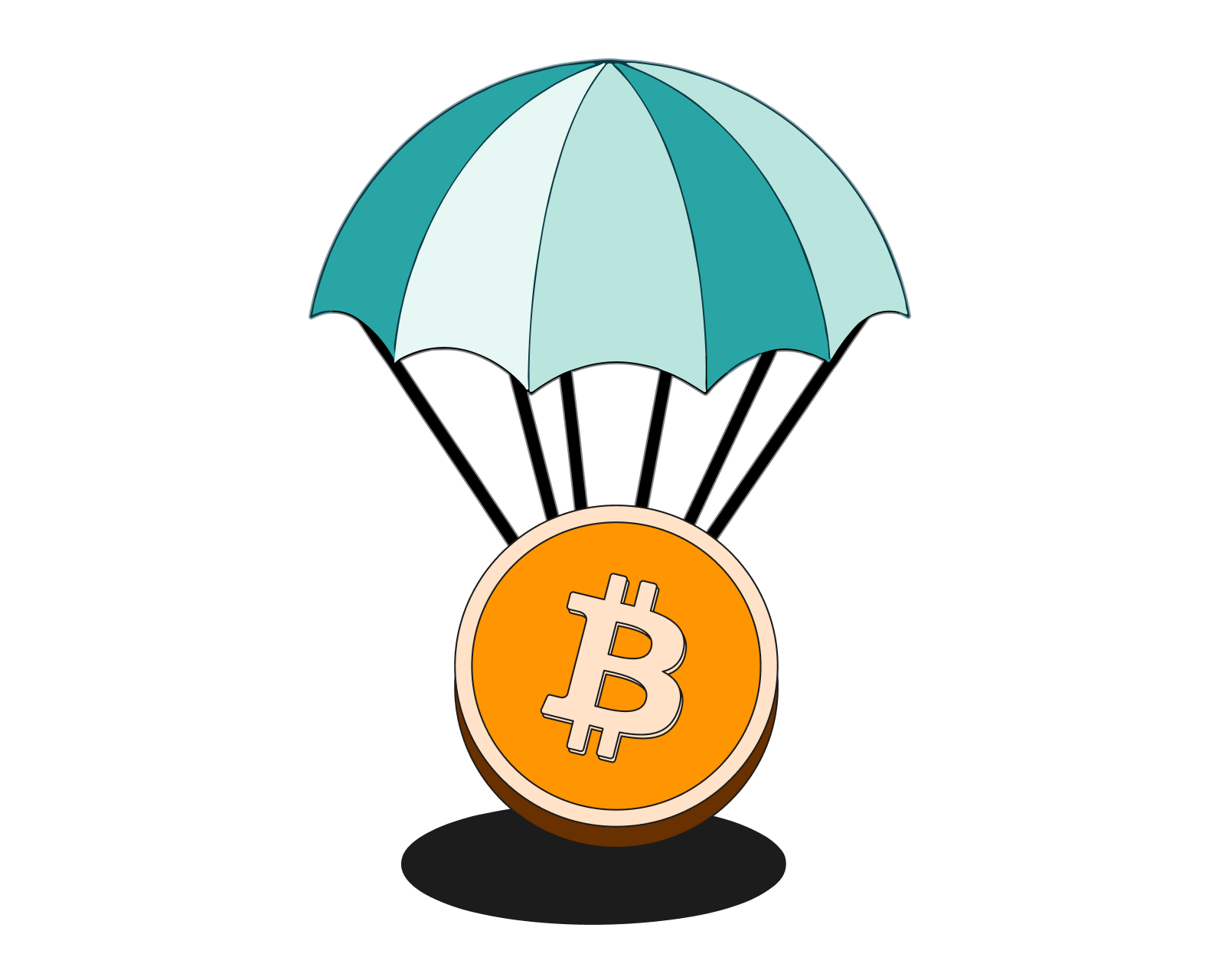
How do I receive crypto?
Receiving crypto is as easy as simply providing the sender with your appropriate crypto address, which you can find in your cryptocurrency wallet.
Read this article →
How do I receive crypto?
Receiving crypto is as easy as simply providing the sender with your appropriate crypto address, which you can find in your cryptocurrency wallet.
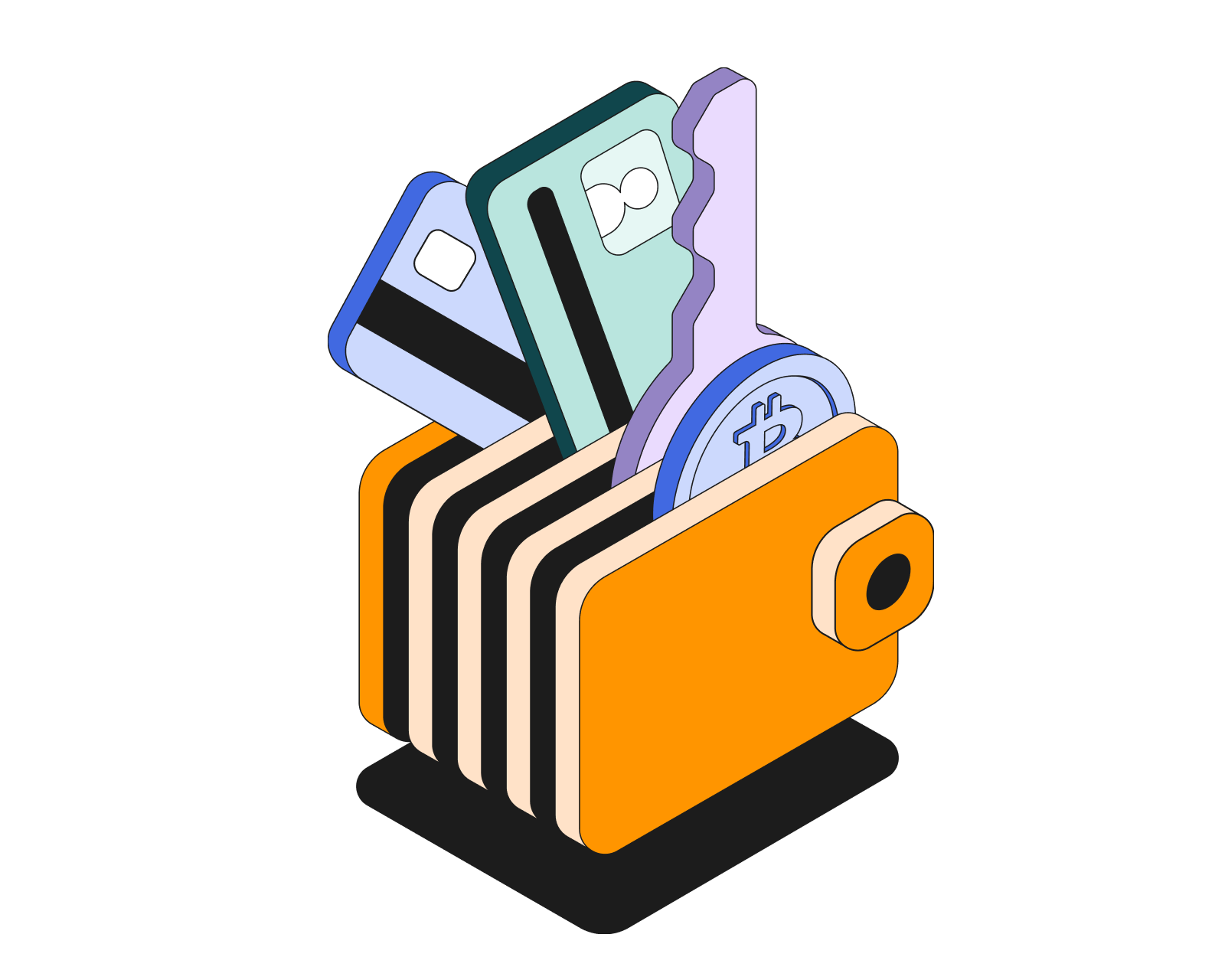
How do I create a crypto wallet?
Learn how to quickly and easily create a crypto wallet. Understand the different wallet types and their respective pros & cons.
Read this article →
How do I create a crypto wallet?
Learn how to quickly and easily create a crypto wallet. Understand the different wallet types and their respective pros & cons.
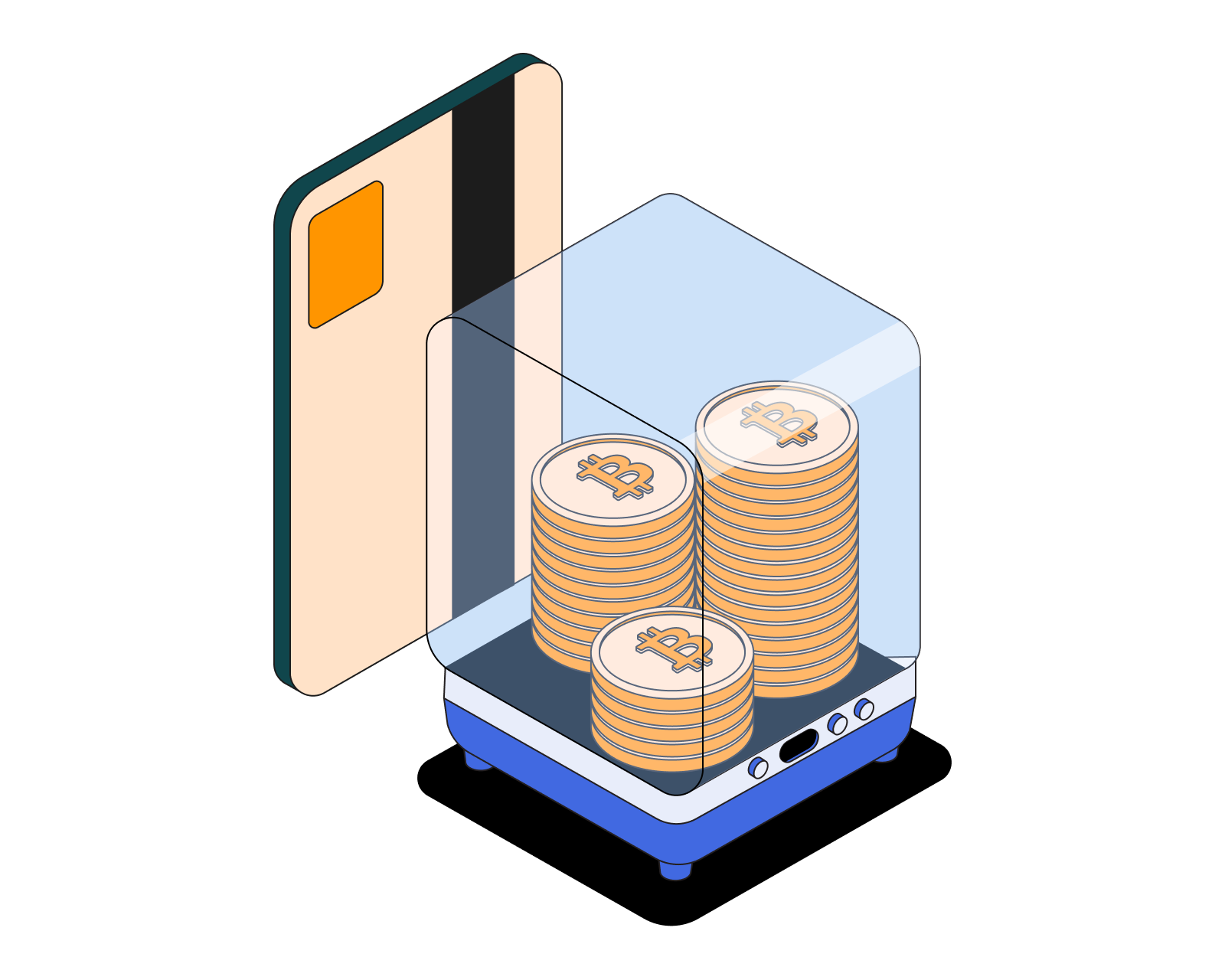
What are crypto debit cards?
Crypto debit cards make it possible to spend crypto anywhere credit cards are accepted.
Read this article →
What are crypto debit cards?
Crypto debit cards make it possible to spend crypto anywhere credit cards are accepted.
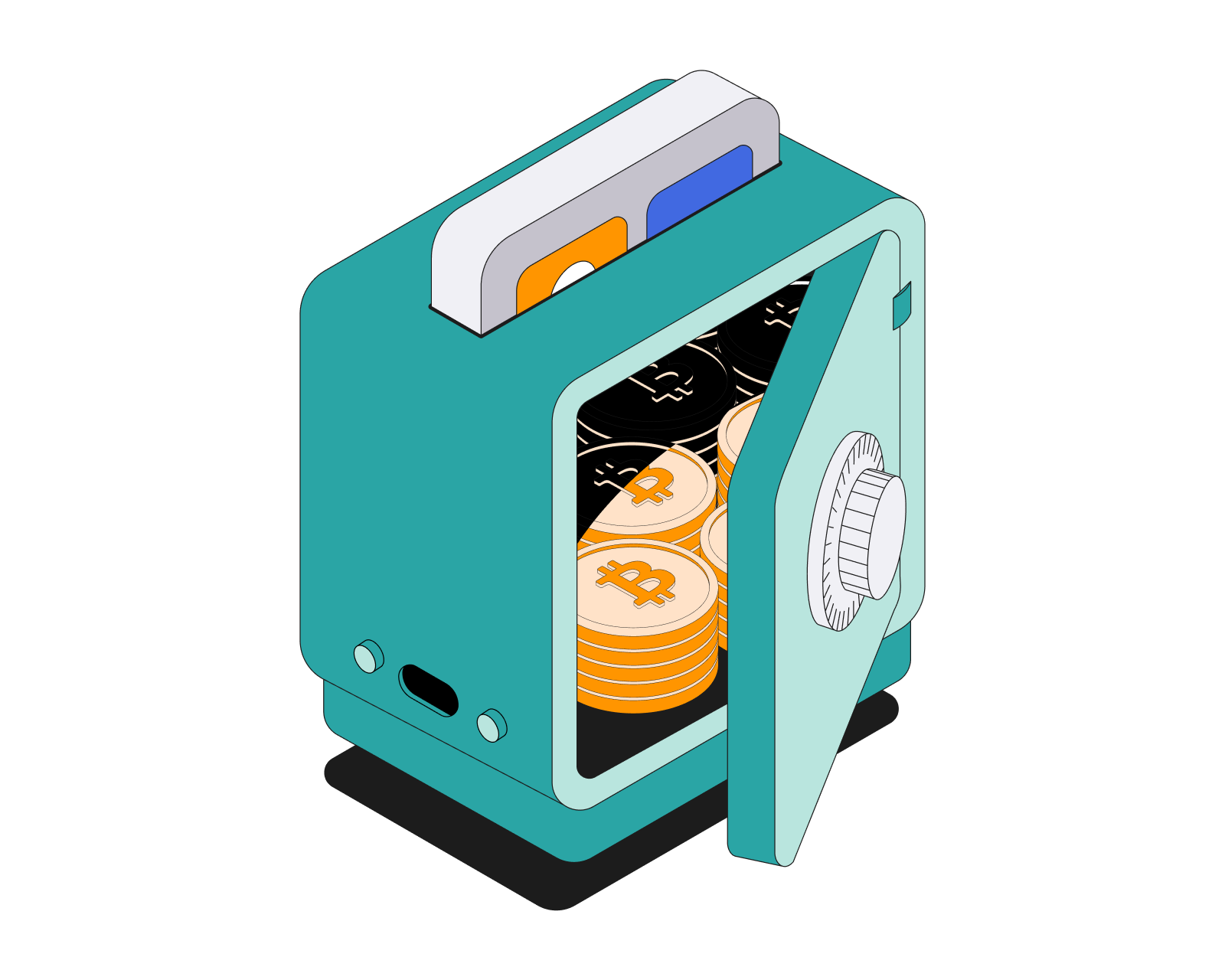
How do I keep my cryptoassets safe?
Make sure your cryptoassets are safe with these simple tips.
Read this article →
How do I keep my cryptoassets safe?
Make sure your cryptoassets are safe with these simple tips.
STAY AHEAD IN CRYPTO
Stay ahead in crypto with our weekly newsletter delivering the insights that matter most
Weekly crypto news, curated for you
Actionable insights and educational tips
Updates on products fueling economic freedom
No spam. Unsubscribe anytime.
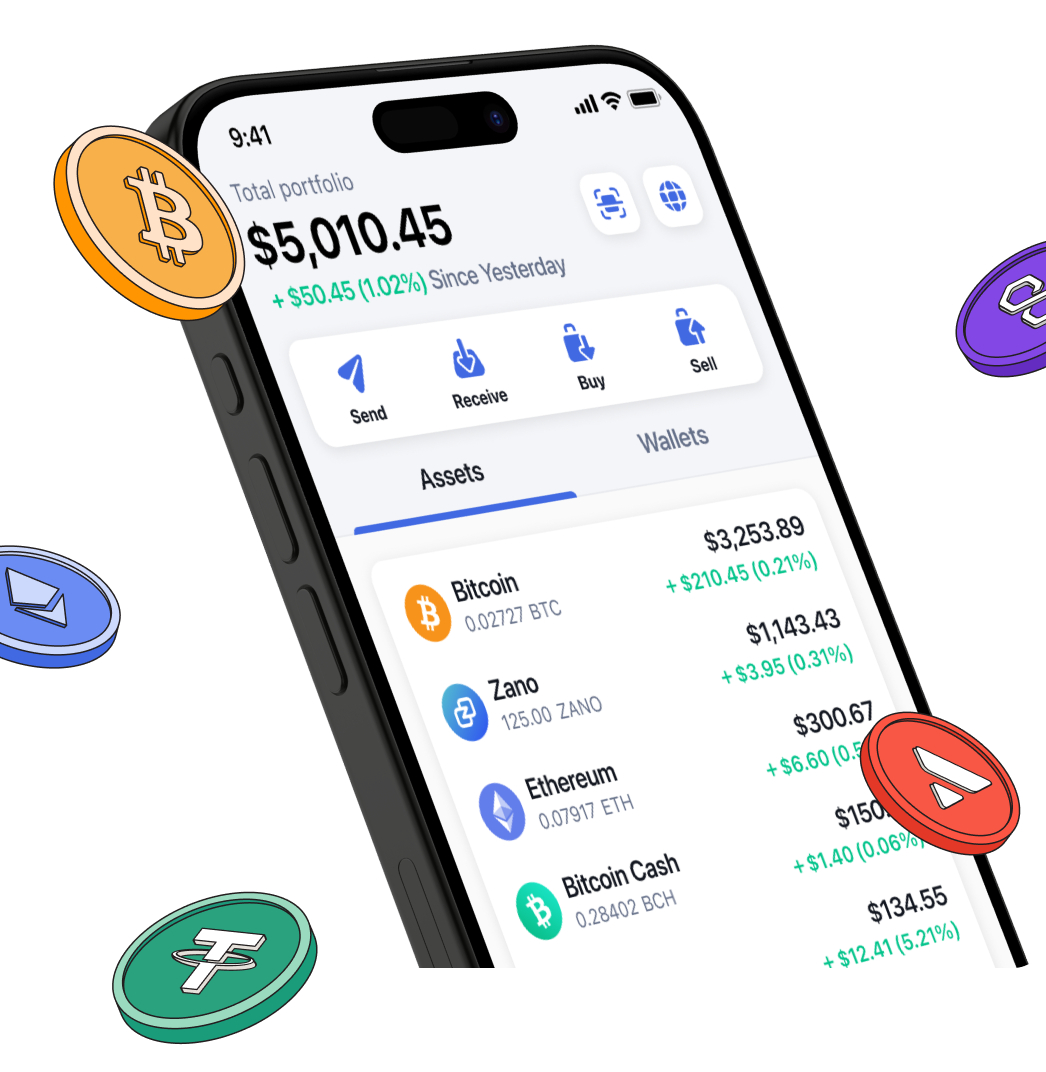
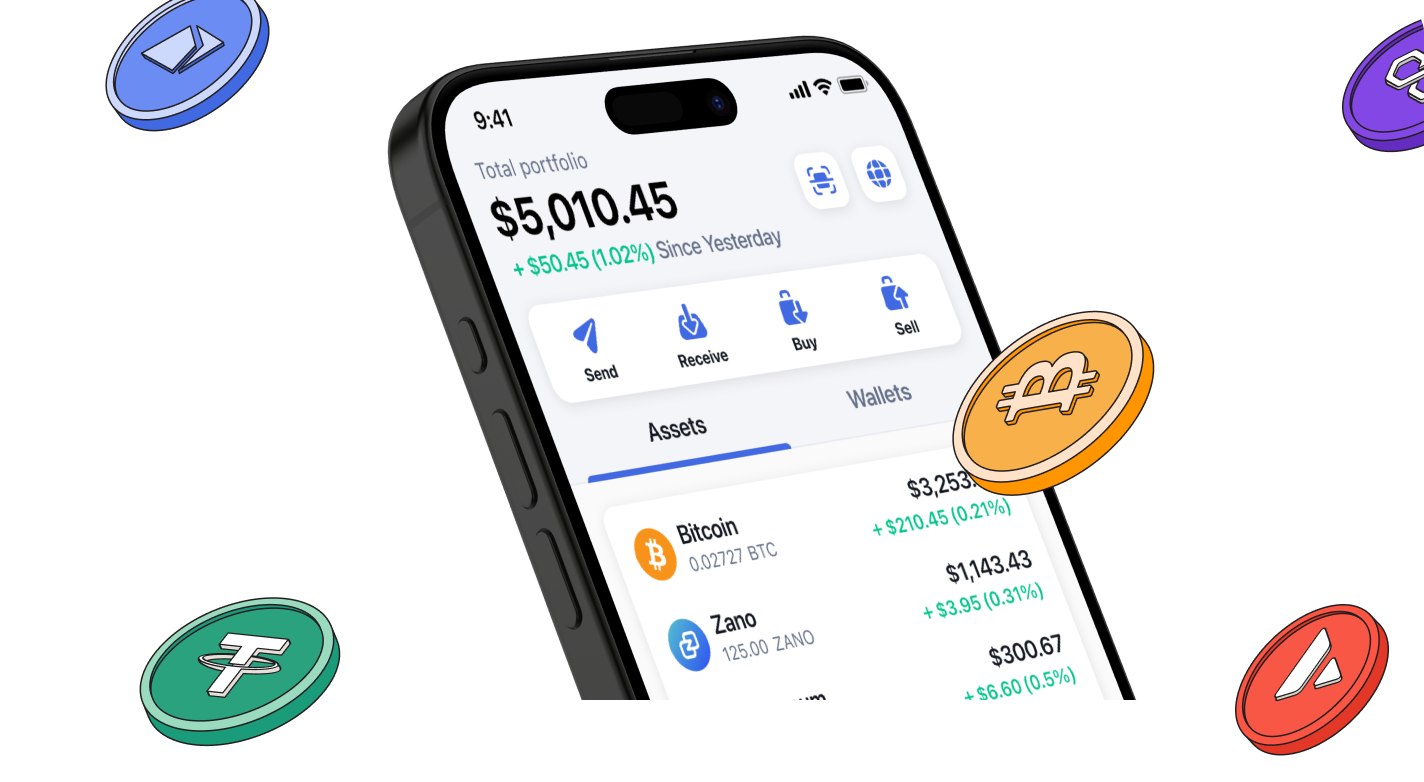
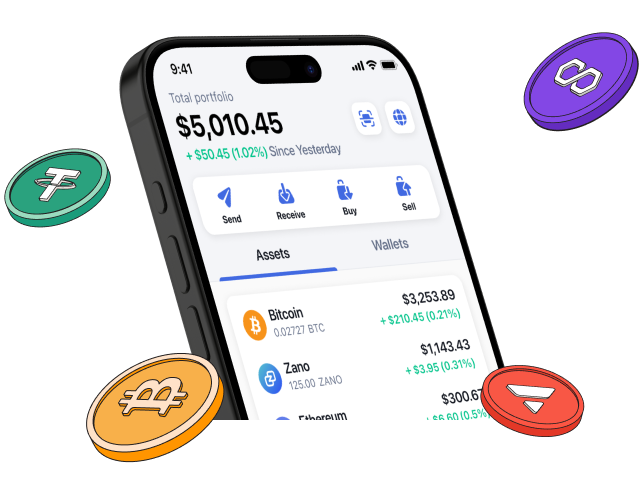
Start investing safely with the Bitcoin.com Wallet
Over wallets created so far
Everything you need to buy, sell, trade, and invest your Bitcoin and cryptocurrency securely

© 2025 Saint Bitts LLC Bitcoin.com. All rights reserved


